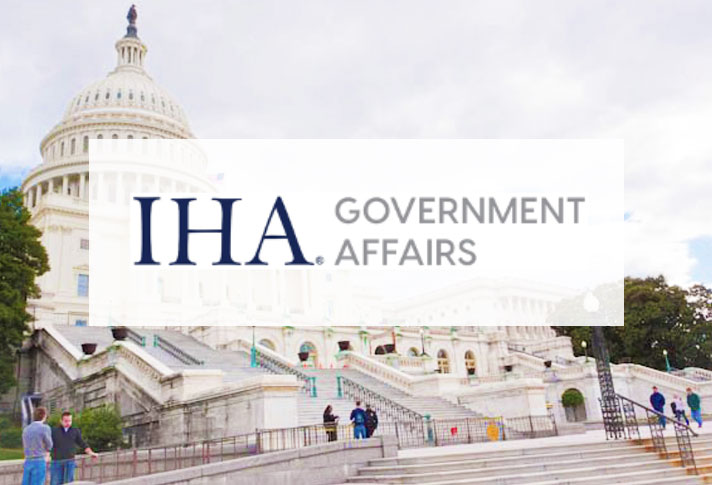The election of Donald Trump to a second, non-consecutive term as President of the United States will result in dramatic policy changes from Washington, DC, immediately after his swearing-in on Jan. 20, 2025. He will start by issuing executive orders reversing those from his predecessor, President Joe Biden.
One of the first actions by President Trump will likely be a temporary freeze on new regulations from federal agencies. Such a freeze will suspend regulations being written by the U.S. Dept. of Labor, National Labor Relations Board, Environmental Protection Agency (EPA), Federal Trade Commission, and other agencies whose regulatory authority impacts the housewares industry.
This will be followed by reinstating agency requirements to conduct more stringent cost-benefit analysis of regulations regarding their impact on businesses, and particularly small businesses, as well as the overall economy. Trump might also bring back a similar executive order issued in his first term that required agencies to cut two regulations for every new regulation issued.
Policy changes will be accelerated by Republican majorities in both the U.S. Senate and House of Representatives. Unified control of the White House and Congress will allow the Congressional Review Act to be used to repeal regulations issued during the last year of the Biden Administration. It will also allow Trump and congressional Republicans to move quickly on a budget reconciliation package that will extend provisions of the 2017 Tax Cuts and Jobs Act (TCJA) that expire at the end of 2025.
Budget reconciliation is a parliamentary procedure that enables whoever controls Congress to avoid Senate filibusters and the 60-vote hurdle when passing major legislation. Republicans used it to pass the TCJA in 2017 and it will be crucial to passing a massive tax package that reportedly might also include regulatory reforms, spending cuts, border security provisions and other initiatives.
President Trump will also move to reorient energy policies away from government subsidies for renewable energy allocated by the Dept. of Energy (DOE) and electric vehicle mandates from the EPA. Trump can act unilaterally to implement some of these changes, but he will also be sending his cabinet nominations to the Senate to be confirmed for the DOE, EPA, and other agencies, to fulfill his agenda.
President Trump will attempt to accomplish these tasks during his first 100 days in office, and perhaps he’ll follow through on his pledge to impose a 60% tariff on Chinese goods and general tariffs of 10% to 20% on all imports, too. Plus, Trump said at a Nov. 4 rally in North Carolina that he will impose a 25% tariff rate on Mexico if the country does not put in place stricter border regulations.
President Biden kept nearly all of the Trump tariffs in place and added a round of tariffs on $18 billion in Chinese goods in May, so Trump’s proposed tariff increases for Chinese goods would appear to build on these. As such, the U.S. Trade Representative (USTR) might be able to use USTR’s first round of determinations and four-year review to implement them.
However, it’s not clear what procedural steps might be necessary to impose general tariffs of 10% to 20% on all imports. And it should be noted that President Trump previously threatened severe tariff rates on Mexico if it didn’t agree to a “remain-in-Mexico” policy for asylum seekers, which it did, and the tariffs were not enforced.



